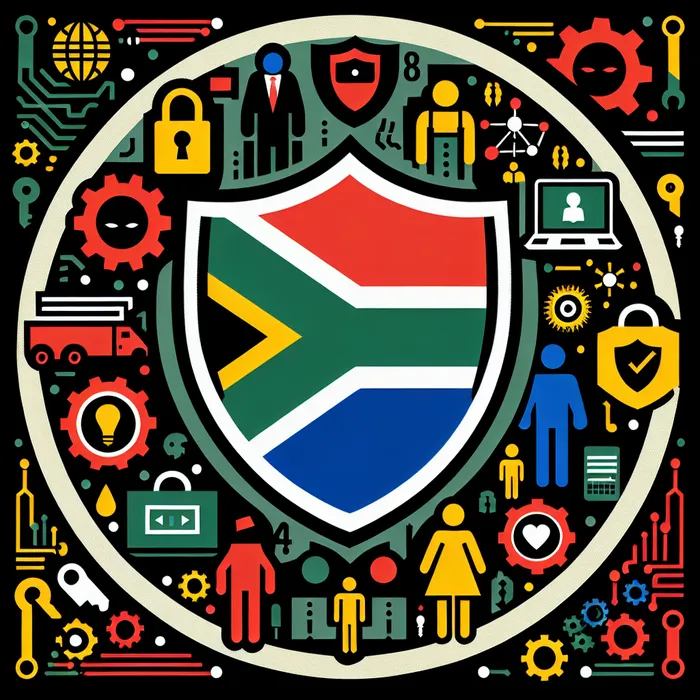How to empower South Africa's youth to combat rising cyber threats

Expert warns against the youth falling victim to cyber criminals
Image: AI Generated graphic
In an age where smartphones dominate daily life, the youth of South Africa is undeniably digital natives. They are adept at navigating the online realm, utilising platforms for everything from studying and banking to social networking and job hunting. However, says Doros Hadjizenonos, Regional Director – Southern Africa, Fortinet, this fluency in digital communication and technology may create a false sense of security.
He said as cybercriminals increasingly target this demographic, it is crucial that we empower young South Africans to protect themselves and their future.

Doros Hadjizenonos, Regional Director – Southern Africa, Fortinet
Image: Supplied
Understanding the vulnerabilities
"Young South Africans are highly mobile-dependent, driven by the need to hustle and stay socially connected. While this lifestyle connects them to remarkable opportunities, it also broadens their exposure to potential online threats. The tools that usher in the digital age also lay a pathway for exploitation by cybercriminals adept at utilising the very behaviours that define youth interactions with technology.
Cyber threats on the rise
Among the myriad of digital dangers, several common threats particularly target the young:
- Scam giveaways and fake scholarships: Particularly prevalent on platforms like Instagram, X, and TikTok, these scams lure users into providing sensitive personal information under the guise of winning prizes or securing scholarships.
- Job recruitment fraud: Unscrupulous fake recruiters exploit graduates by requesting non-refundable “admin fees” for non-existent job opportunities or utilising personal details for identity theft.
- Mobile wallet fraud: Young people are notably susceptible to instant financial loss due to SIM swap attacks and fraudulent payment confirmations.
Strategies for self-protection
To combat these threats, it is essential for young people to adopt robust digital hygiene practices:
- Utilise unique passwords and enable two-factor authentication across all apps. It may seem tedious, but it is essential for security.
- Download applications exclusively from official stores and review their ratings before installing.
- Enhance privacy settings on social media accounts. Oversharing can compromise personal information, making users more vulnerable to fraud.
- Be cautious about connecting with unfamiliar individuals online.
The role of parents and employers
Protecting the youth from cyber threats requires a collaborative effort. Parents play a crucial role in guiding their children:
- Start open conversations about digital safety, allowing children to approach them with concerns without fear of being reprimanded.
- Implement parental controls but maintain transparency on how they function and why they are necessary.
- Teach youth to think critically about the content they encounter online, reinforcing that not everything is as it seems.
Employers, too, must take responsibility for the younger members of their workforce:
- Recognise Bring Your Own Device (BYOD) risks and establish comprehensive security policies.
- Integrate cybersecurity training during the onboarding process for interns and junior staff to create a culture of understanding around secure practices.
- Be vigilant of social engineering tactics, acknowledging that younger employees may be more susceptible to such manipulations.
A collective responsibility for resilience
Accomplishing a safer digital environment for South African youth is not a task that can be shouldered alone. By embedding cybersecurity awareness into the fabric of our homes, schools, and workplaces, we can cultivate a society well-equipped to fend off online threats. Empowering the youth with knowledge and tools to defend against cyber intrusions ensures not only their protection but also the safeguarding of families, communities, and ultimately, the country’s economic future.